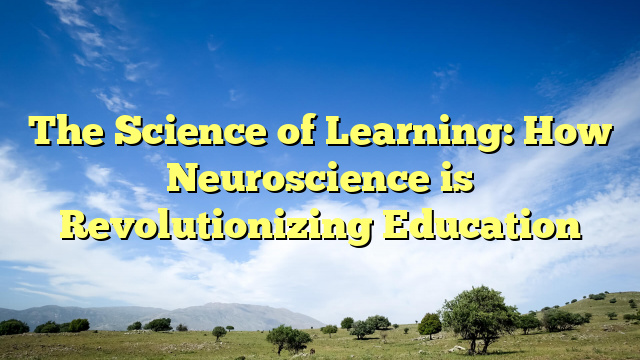The human brain is one of the most complex and fascinating organs in the body. Despite years of research, there is still much we do not know about how the brain works. In this comprehensive guide, we will delve into the mysteries of the brain and explore the latest findings in neuroscience.
Understanding the Brain
The brain is made up of billions of neurons that communicate with each other through electrical and chemical signals. These neurons form complex networks that are responsible for everything we think, feel, and do. Understanding how these networks function is crucial for understanding the mysteries of the brain.
The Structure of the Brain
The brain is divided into different regions, each of which is responsible for specific functions. The frontal lobe, for example, is involved in decision-making and problem-solving, while the occipital lobe is responsible for processing visual information. By studying the structure of the brain, neuroscientists can gain insight into how different regions work together to create our thoughts and behaviors.
Unraveling the Mysteries
One of the biggest mysteries of the brain is how memories are formed and stored. Research has shown that memories are not stored in a single location, but are instead distributed throughout the brain. This distributed nature of memory storage allows us to remember events and facts from the past, even if certain parts of the brain are damaged.
Another mystery of the brain is how it generates consciousness. Despite decades of research, scientists still do not fully understand how the brain creates our subjective experience of the world. Some theories suggest that consciousness arises from the complex interactions of neurons in the brain, while others propose that it is a fundamental property of the universe.
Latest Findings
Recent advances in neuroscience have shed light on some of the mysteries of the brain. For example, neuroimaging studies have shown that different regions of the brain are involved in processing emotions and rational thought. By studying how these regions interact, scientists are gaining a better understanding of how the brain creates our thoughts and feelings.
Other research has focused on how the brain changes over time. Studies have shown that the brain is capable of reorganizing itself in response to new experiences, a phenomenon known as neuroplasticity. This ability to adapt and change allows us to learn new skills and recover from injury.
Conclusion
While the mysteries of the brain are vast and complex, ongoing research is helping to unravel them. By studying the structure and function of the brain, scientists are gaining a greater understanding of how this remarkable organ works. With continued research and technological advancements, we may one day unlock the secrets of the brain and harness its full potential.
FAQs
What is neuroplasticity?
Neuroplasticity is the brain's ability to reorganize itself by forming new neural connections in response to learning or experiencing new things.
How does the brain create memories?
Memories are formed and stored through complex interactions between neurons in different regions of the brain. The exact mechanisms are still being studied by researchers.
What is consciousness?
Consciousness is the state of being aware of and able to think about one's own thoughts and experiences. The exact nature of consciousness and how the brain generates it is still a topic of much debate among scientists.
Unlock Your Mental Potential



